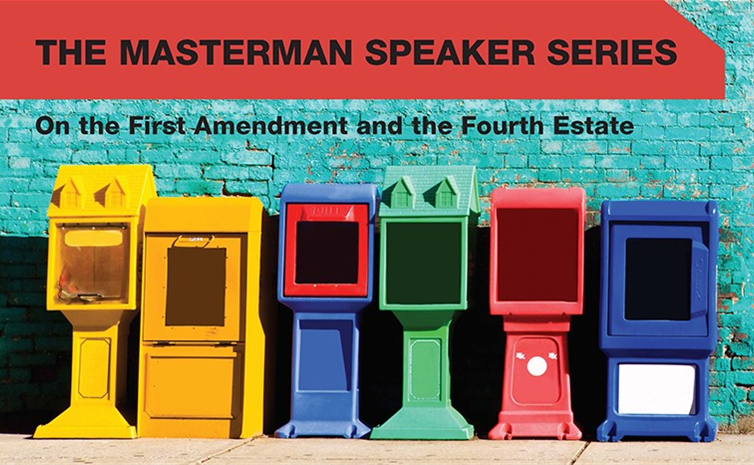On September 29, a panel of seasoned journalists and scholars gathered at Suffolk University Law School to participate in a discussion on the crisis in community journalism and local governance in the United States. The panel, titled “The Decline Local News and Rise of Polarization,” was to examine the effect this decline has had on government accountability and democracy more generally.
Moderator Dan Kennedy of Northeastern school of Journalism opened by acknowledging the pessimistic tone of the event’s title. “The title of this program is pretty depressing,” Kennedy recognized. “There are, in fact, plenty of reasons to be pessimistic. According to researcher Penny Abernathy of Northwestern University, some 2,500 newspapers — about a quarter of the total across the country — have shut down since 2005. More than a fifth of Americans live in ‘news deserts’ and lack the reliable journalism they need to govern themselves in a democracy.”
Joshua Darr, an associate professor of political communication at Louisiana State University, examined issues around the concept of polarization. He mentioned a study in which a local newspaper in California dropped national politics from their opinion page for an entire month. “We found that [the newspaper’s] mentions of [political] parties went down… and people were reading much more about California issues and far less about the national party issues that were happening 3,000 miles away in Washington, D.C.”
Darr argued, “What happens when you read national news is you read about partisan conflict and that reinforces divisions, it reinforces partisan identity… Polarization slows when newspapers become more local. The problem is, it’s so easy to get national news. It’s a lot harder to get local news.”
Renée Loth, an opinion columnist and former editorial-page editor for The Boston Globe, took on a more optimistic tone, bringing up many examples of successes in local journalism.
“In West Virginia, the Mountain State Spotlight teamed up with ProPublica to write a searing investigative series on the foster care system in that state. What was striking to me in that project was that all of the reporters were under 35, so there is a future.”
Charles St. Amand, a practitioner in residence in Suffolk’s communication and journalism department, grew emotional when he offered a more personal perspective on local journalism. The 31-year veteran of community journalism recalled his time as editor of the Sentinel & Enterprise in Fitchburg before it was gutted by corporate consolidation.
“I still dream about being in the newsroom three nights a week,” St. Amand said as he choked back tears. “This decline of local news is not the newsrooms’ fault. This is every newsroom. The folks at The Globe can tell you, they’re leaner [in staff] than they were.”
The panelists discussed how achievements in local news in areas populated primarily by rich, white Democrats are generally positive, but not as helpful as they could be for the wider American populace. “These great successes are not in the places that need them most,” said Loth.
Dan Kennedy stressed the need for ingenuity when it comes to strengthening and reimagining local journalism in the years ahead:
“At the very least, we are living at time where some new thinking is needed. We are also living at a time when many Americans are highly engaged with national news and especially with the divisive talk shows that are carried on cable news outlets. At a time like this, local journalism could be a way to bring us together. Community journalism at its best can way to bring people of different viewpoints together so they can work on common goal. They challenge is to find ways of providing such journalism at a time when technological, economic, and social forces make that more difficult than ever.”

